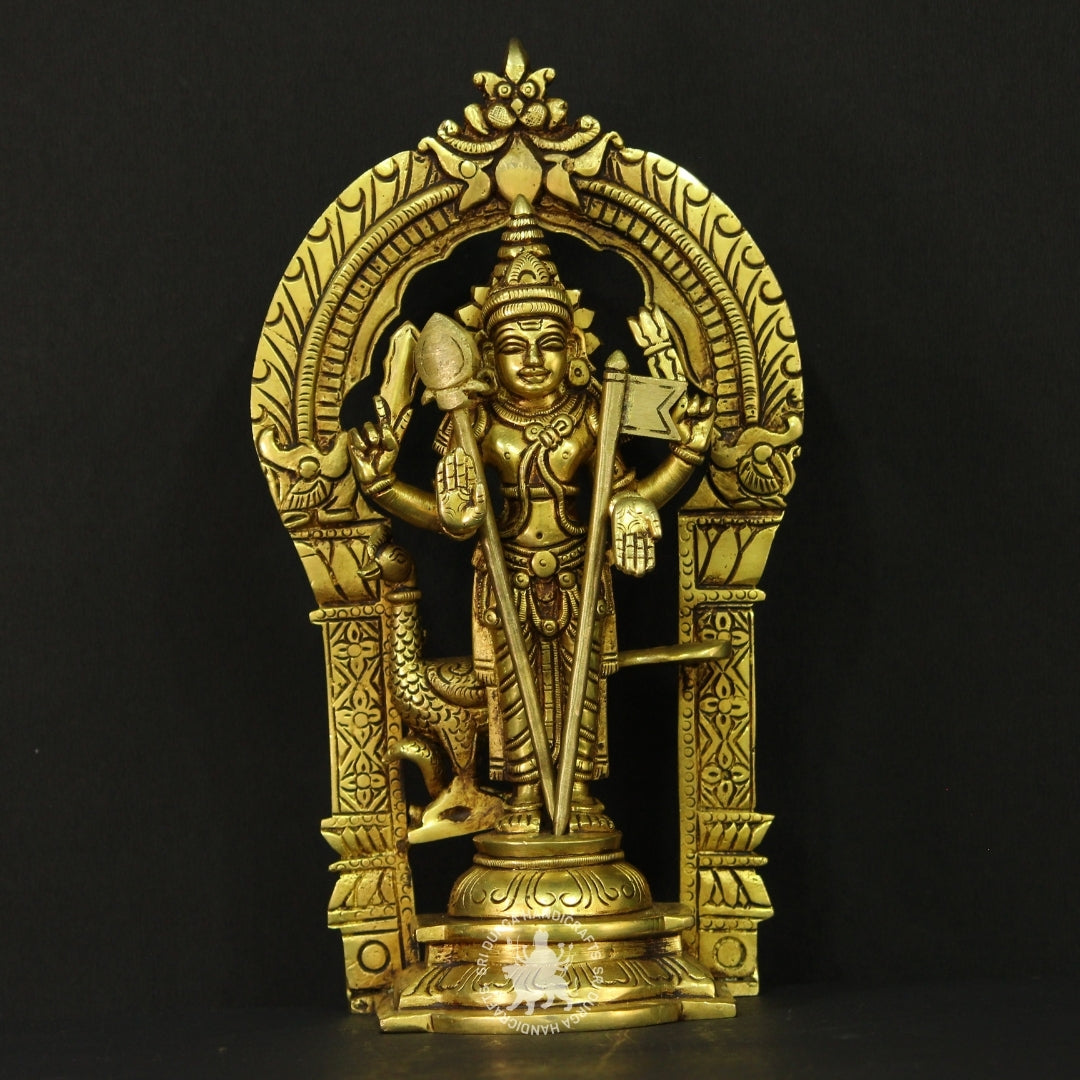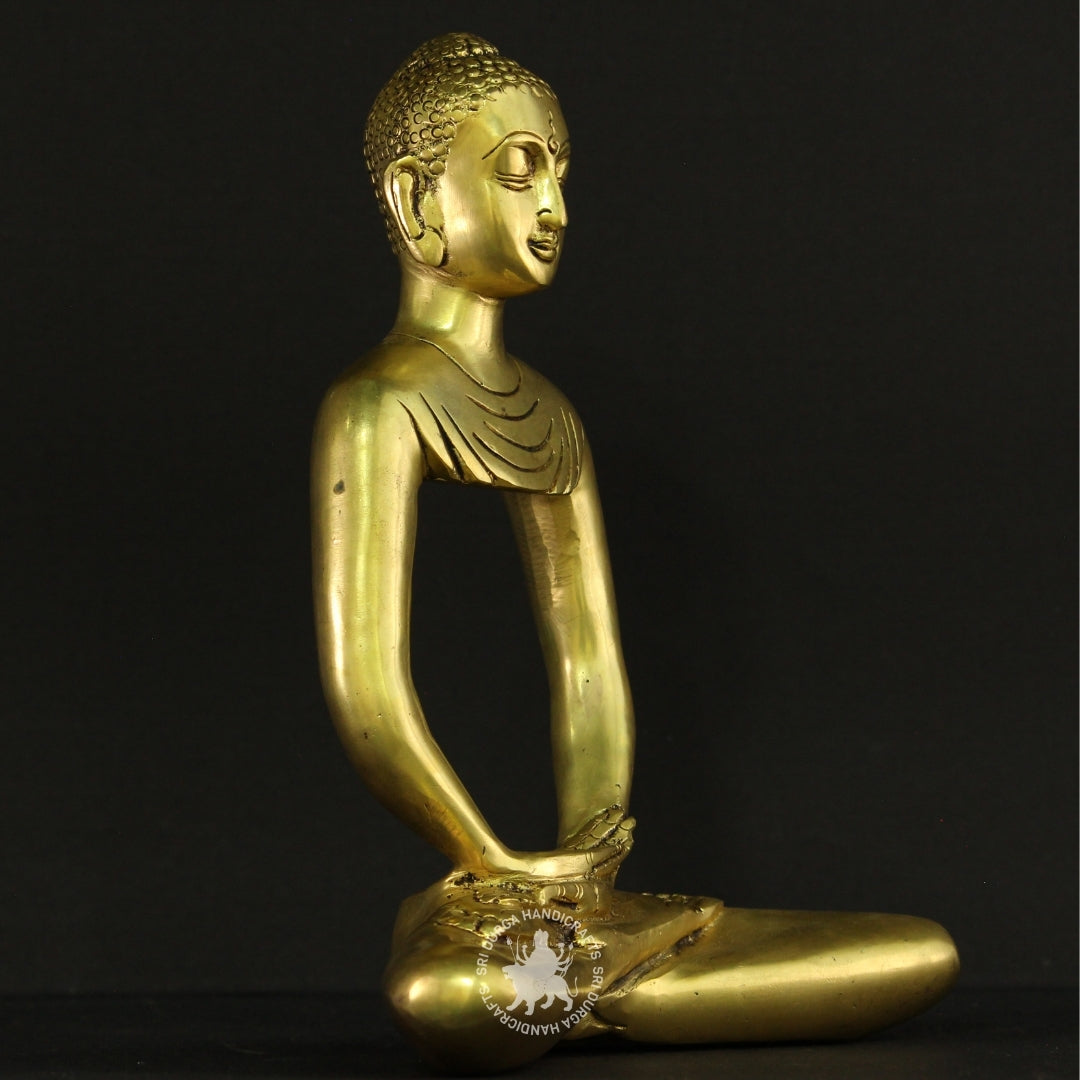There’s something quietly magical about the glow of a diya lamp. Whether it’s the warm flicker at dawn, the subtle shimmer during a ritual, or a row of lamps lighting up a threshold during festival time, diya lamps have an unmistakable presence. In this post, I want to walk you through the various types of diyas, helping you appreciate the craftsmanship, materials, and cultural roots behind each style.
1. Earthenware lamps: humble yet timeless
The most familiar form of the diya is the clay or mud-based lamp, fired in a kiln and used across homes and temples. These lamps are often simple: one wick, oil or ghee filling, and a rounded or shallow bowl shape. Their charm lies in their material, earth, heat, flame, and devotion. Because they’re affordable and widely available, they’ve become the symbolic “first choice” for everyday worship, small pujas, or festival rows of lights.
2. Brass and multi-wick lamps: craftsmanship meets ritual
Stepping up from the earthen variety, we find lamps crafted in brass (and sometimes other metals) that allow for multiple wicks: two-wick, four-wick, five-wick, even seven-wick versions. These are more elaborate in design, often seen in temple halls or in homes that use them for serious daily worship or grander occasions. According to authoritative sources, kiln-fired earthenware, followed by such metallic lamps, is the most common in terms of material.
The multiple-wick design isn’t just decorative: each wick can represent a different offering, flame, or intention. The brass body adds durability, a reflection of reverence and permanence, rather than the “temporary” feel of clay.
3. Leaf-float and stone lamps: unique forms for special usage
Beyond earthen and brass, the “types” category of diyas expands into less common but deeply interesting variations. For example:
-
A “patravā li” floating lamp made from leaves — the idea of placing a small lamp (or multiple) on water, letting them drift.
-
Permanent stone lamps, which might be found in temple precincts or sacred groves.
These styles remind us that the concept of “light over darkness” enabled by the diya isn’t fixed to one material or shape; instead, it adapts to place, purpose, and cultural tradition.
4. How to choose the right diya for your home or ritual
With so many types around, you might wonder: which kind should I pick? Here are some guiding thoughts:
-
Purpose & frequency: If it’s for casual, everyday use, a simple earthen diya is perfectly fine. For a daily puja or a dedicated altar, a brass multi-wick version might suit better.
-
Material and longevity: Clay is beautiful, eco-friendly, and disposable; brass is strong, elegant, and built to last. Stone and speciality versions often carry regional or historic value.
-
Visual and symbolic impact: A multi-wick lamp casts a stronger light, more presence. Floating leaf lamps add a dynamic element (the movement of water + flame).
-
Maintenance: Brass requires cleaning and polishing; clay is simpler but might crack; leaf or floating styles are more ceremonial and less “daily practical”.
5. Why the type matters: meaning + ambience
It’s easy to pick a diya just because it looks nice. But when you understand the type, the material, and the design, something subtle shifts: the lamp becomes more than decor, it becomes part of a story.
-
A single-wick clay diya speaks of simplicity and humility.
-
A five-wick brass lamp states a stronger sense of ritual, a deeper intention of lightness dispelling darkness.
-
A floating leaf diya invokes impermanence, reflection, water, and movement.
In each case, you’re not just lighting a lamp; you’re participating in a tradition.
6. A note on craftsmanship and regional art
In fact, the diversity of types is intimately tied to regional crafts. In Tamil Nadu, for example, the iconic “Nachiarkoil lamp” (also known as the “Annam lamp”) is produced by a specific community, showcasing how tradition, community skill, and local aesthetics come together.
So when you choose a lamp, you might also be choosing a piece of living heritage — something made with hands that carry lineage, experience, and design wisdom.
7. Using this understanding in your space
Here are a few practical ideas:
-
If you’re decorating for festivals like Diwali or Karthikai Deepam, consider a row of simple earthen diyas for a touch of intimacy and tradition.
-
For home altars or dedicated puja rooms, a brass multi-wick lamp can become the showpiece, commanding attention and inviting ritual.
-
If you want something more artistic or meditative, try a floating leaf diya on water in a bowl, or a small stone lamp in an outdoor sacred nook.
Final thoughts
So next time you light a diya, you’ll know: the material, the wick-count, the design, all talk. They tell you something about purpose, longevity, devotion, and tradition. And choosing the “right type” isn’t just a matter of look; it’s a matter of meaning.
Whether you reach for the simple clay version or the ornate brass multi-wick variant, let your choice reflect where you are, what you feel, and what you hope that flame will bring into your space.
















